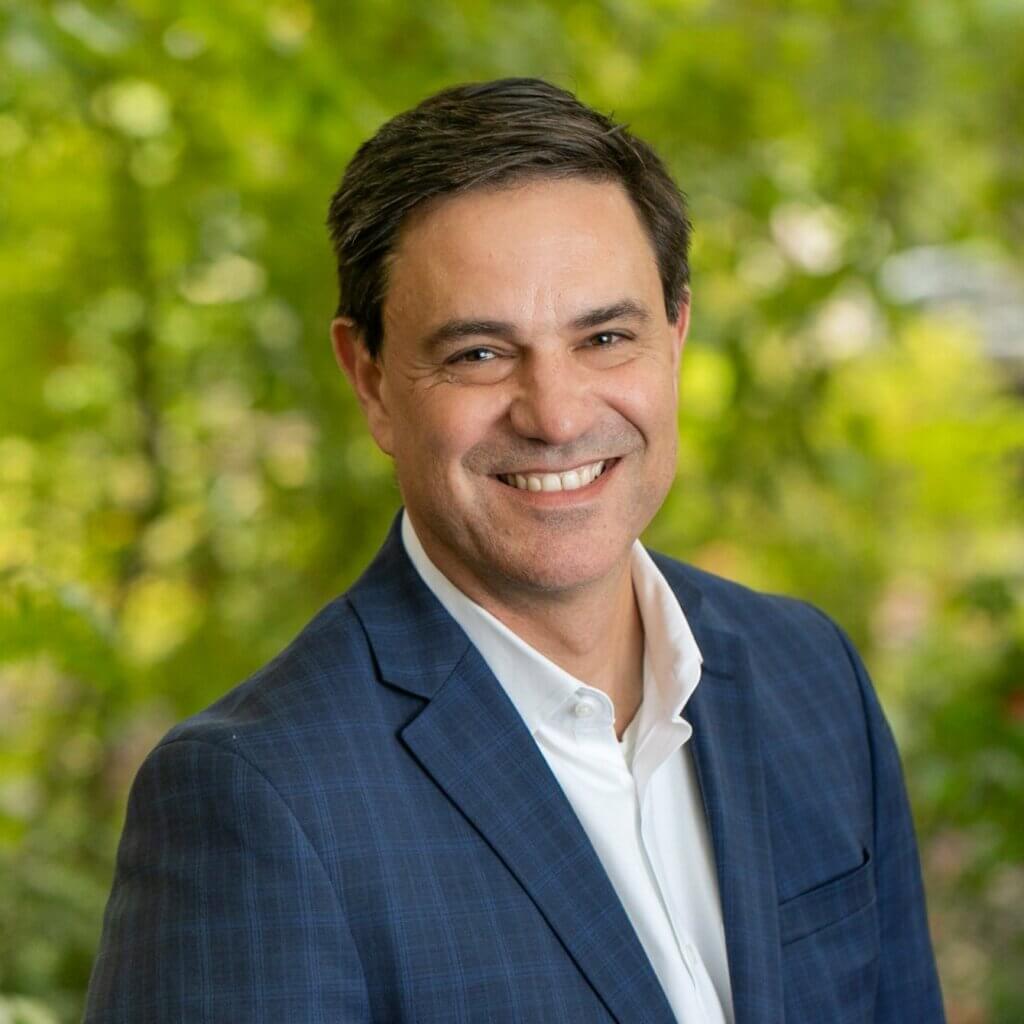January 18, 2024
Author
Celebrating ECO's Golden Anniversary

Welcome to the 50th!
ECOnorthwest turns 50 this year, and we’ll spend the coming months reflecting on the values and the work that produced one of the West’s leading public policy consultancies. This month: a signature project from each of our five decades in business.
Click image to enlarge
Decade 1: 1974–1983—Project #1, Coastline Treasures
- In 1974, it was an open question whether a market existed for Eugene-based experts in economics, finance, and planning. But it didn’t take long for clients across the fast-growing region to raise their hands. The first was the Oregon Coast Conservation and Development Commission (OCC&DC), which was concerned with possible adverse effects of offshore drilling and foreign fishing fleets. In “Project #1,” ECO evaluated how increased economic activity affected the condition of fisheries, wildlife, forests, estuaries, wetlands, viewsheds, and more. Our key insight: the value of Oregon’s stunning coastline extended well beyond the value of the resources extracted from it and, if thoughtfully managed, the coast would be a key economic calling card. Our OCC&DC client was a predecessor of today’s Land Conservation and Development Commission, and the work laid a foundation for Oregon’s iconic statewide planning goals.
Decade 2: 1984–1993—Exxon Valdez
- The 1980s were dominated by a double-dip recession that hit the region especially hard. The firm survived a tough decade building its reputation with a series of natural resource valuation, market feasibility, and land-use studies. And then, in 1989, the Exxon Valdez oil tanker ran aground in Prince William Sound, Alaska. ECO’s Ed Whitelaw was named the “expert of experts” and coordinated 20 witnesses charged with assessing the economic damages incurred by municipalities. The case continued for nearly a decade, led to the opening of a Seattle office, and elevated the firm’s national reputation and networks.
Decade 3: 1994–2003—PERS Problems
- The 1990s saw ECO’s expansion into energy and social policy topics along with growth of the Portland office. By the middle of the decade, financial experts warned that Oregon’s public pension program, PERS, wouldn’t have enough money to cover rapidly growing liabilities. ECO modeled the system’s one-of-a-kind “money match” rules and illustrated—for the first time—how high volatility in investment returns damaged the system’s balance sheet. With the problem better defined, ECO turned to solutions and analyzed the impacts of proposals designed to put the system on better financial footing.
Decade 4: 2004–2013—Alaskan Way Viaduct
- By 2008, ECO had assessed dozens of thorny transportation projects, but none rivaled the complexity and high profile of the Alaskan Way Viaduct replacement in Downtown Seattle. Governor Christine Gregoire committed to tear down the double-deck freeway that had run along Seattle’s waterfront since the 1950s and that had been weakened by the 2001 Nisqually earthquake. The question for ECO: how might the eight competing replacement options differentially affect the local economy? Our answer: economic impacts didn’t vary significantly across the eight options, and all had modest impacts (except for impacts on the small businesses operating in the construction zone). The news took economics off the table as a key decision criterion, and decision-makers went on to choose the award-winning SR-99 tunnel.
Decade 5: 2014–2023—Oregon Housing Overhaul
- Our most recent decade started during the recovery from the Great Recession and in the midst of strong migration to the Pacific Northwest during the 2010s. Housing construction didn’t keep pace with population, and home prices and rents soared. The ensuing affordability crisis increased demand for housing needs analyses across the region. In Oregon, state agencies engaged ECO to help design House Bill 2001—a generational overhaul of goalsetting and planning rules that seeks to nearly double the annual rate of housing production. Our involvement in Oregon’s nation-leading reform efforts has led to housing work across the U.S.
And Beyond: 2024+
- Where does our sixth decade lead us? Time will tell. But as forecasters, we bet wealth inequality and rising global temperatures will be part of the story.

